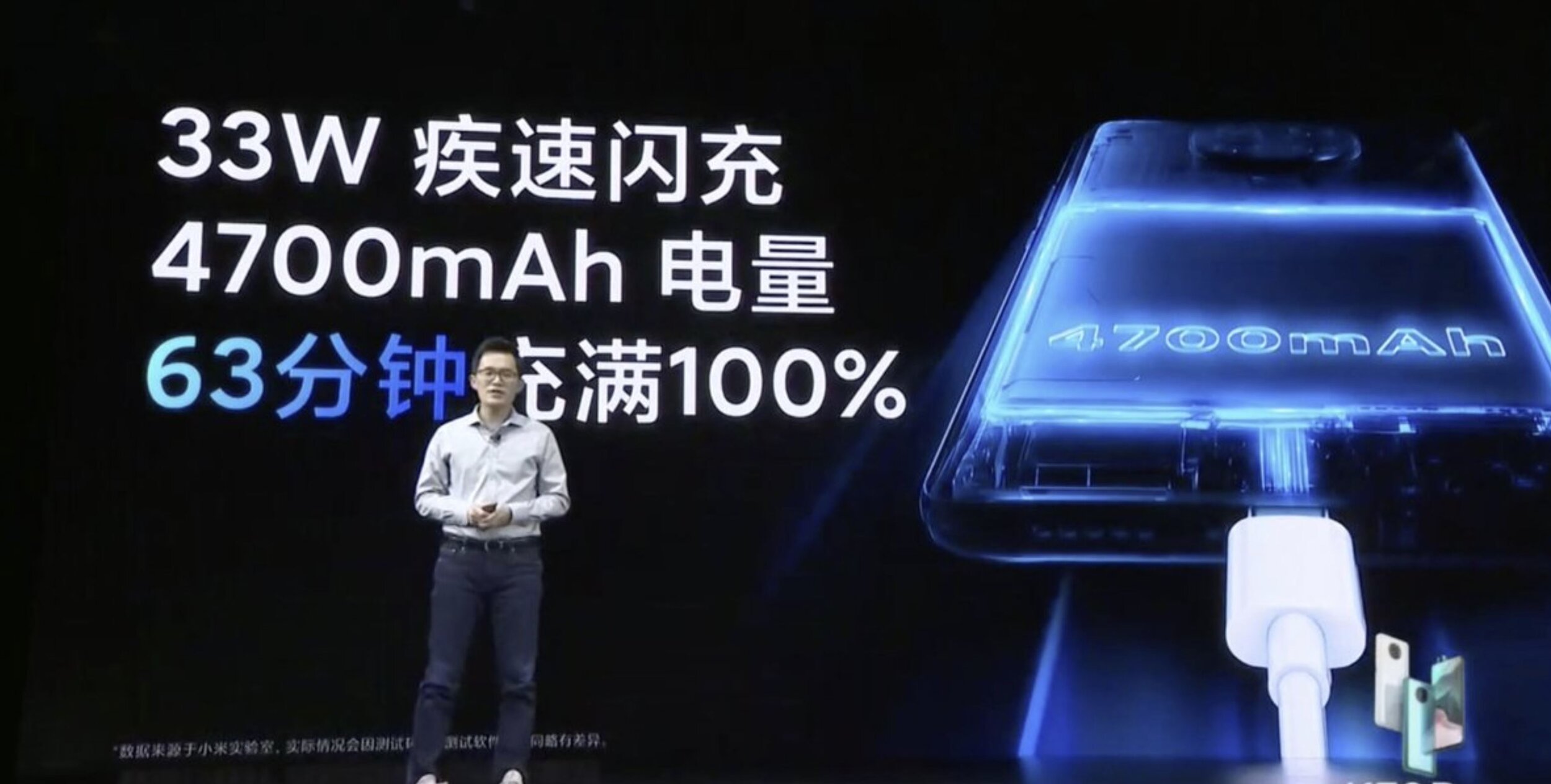Redmi K30 Pro Specs That Matter And A Shocking Price
/The Redmi K30 Pro was launched today in China and the specs of the Redmi K30 Pro are quite shocking for the price. We are going to cover some of the specs that matter for the Redmi K30 Pro. and finally some of our thoughts.
Screen:
Now the Redmi K30 Pro is quite a controversial device because unlike the base variant of the Redmi K30, the Redmi K30 Pro doesn’t have a high refresh rate screen. This is what the Redmi K30 Pro’s screen has:
The Redmi K30 Pro has a 92.7% screen to body ratio which is in the top of it’s class.
The screen of the Redmi K30 Pro is a 6.67 inch Samsung E3 display
The Redmi K30 Pro screen gets bright, really bright, like 1200 nits peak brightness which is on par with the current iphone.
HDR 10+ comes on both models of the Remi K30 Pro
180hz touch sampling. This means the Redmi K30 Pro screen is reading you finger movement 3 times per picture generated by the GPU.
Cameras:
The main camera of the Redmi K30 Pro is a a 64MP Sony IMX686 primary sensor with OIS
An super wide ultra wide camera with 13MP Ultra wide-angle 123-degree FoV lens
The K30 Pro can also shoot video with it’s an 8MP telephoto/ macro lens with OIS.
A depth sensor for portrait photos
Battery:
The Redmi K30 Pro should get excellent battery life with its 4700mah battery
The device will ship standard with a 33w charger in China. The Redmi K20 Pro was able to utilize the Xiaomi 27W wired charging so the Redmi K30 Pro is an improvement but not flagship level
Redmi claims that the Redmi K30 Pro will go from 0-100% in one hour and 3 minutes
Final Thoughts On The Redmi K30 Pro
The Redmi K30 Pro is Redmi’s attempt at making compromises that most users want for their everyday smartphone. Many recent studies suggest that people are often unable to tell the difference between the high refresh rate display and a 60hz panel. Xiaomi have leveraged this and given us a device with specs that people can tangibly grasp. Like the cameras. Overall I think this smartphone is an excellent choice for most people and a big upgrade to the already good K20 Pro.








